
Cuba has light. Cuba has shadow. Cuba has decaying colonial grandeur. But what really matters is that Cuba has Cubans. Almost any place in the Caribbean contains the strains of African, Spanish and Anglo tradition that come together on its largest island. But nowhere else do they come together to such effect. Maybe it’s the land—after the Revolution uprooted the capitalists half a century ago, tobacco growers packed up seeds on their way out to plant them in Central America, but it turned out it wasn’t the seeds that made a cigar Cuban. It was the soil of Pinar del Rio, on the island’s western reaches. Apparently there is no place on earth like it.
The people are like that, too: Lively, sensual, verbal—the fastest-talkers in the Americas, some say—they project optimism as well as pride. Their country is poor and, without doubt, a security state, but also safe, literate and healthy. People enjoy life in Cuba as in few other places.
The question, now that the island is poised to receive Americans in substantial numbers, is whether Cuba itself will change. U.S. flags have begun showing up around Havana. Immigration to the States has been allowed since 2013, and remittances—cash via Western Union—accounts for a substantial portion of the economy. If reaction to U.S. meddling in Cuba was a factor in the 1959 revolution that brought Fidel Castro to power, a half century of defiant separation has done its work. The walls have been lowering for a while, the estrangement subsiding.
At this point, Cubans say they are ready to engage again. Yuri Kozyrev, a TIME contract photographer, spent 10 days there over the New Year holiday. The surprise of the Dec. 17 announcement by Presidents Obama and Raul Castro was still fresh, and hope was in the air. The Communist icons appeared a bit more iconoclastic after the news of impending change, the fading slogans a bit more faded. But the essential appeal of the place remained—nowhere more so than in Havana.
“A city is made by people,” Eusebio Leal, the official in charge of restoring the Old City, once told TIME’s Dolly Mascaernas. At the time, money was beginning to pour into Havana’s colonial core, funding restorations that pushed residents into the streets (where they had always half-resided anyway, the charm of a walk through Old Havana being life spilling out of the buildings on either side). Leal said a lesson was learned, one relevant to a country on the cusp of change.
”Beautiful buildings need life,” he said. “There is nothing more lively than the people that live in them. Cubans love the center of Havana. It is full of life and it will continue to be like that. There is no point in lifeless beautiful buildings. That is not a city, it’s a museum.”
Karl Vick is a TIME correspondent based in New York. From 2010 to the autumn of 2014, he was the Jerusalem Bureau Chief.
Yuri Kozyrev is a TIME contract photographer represented by Noor.
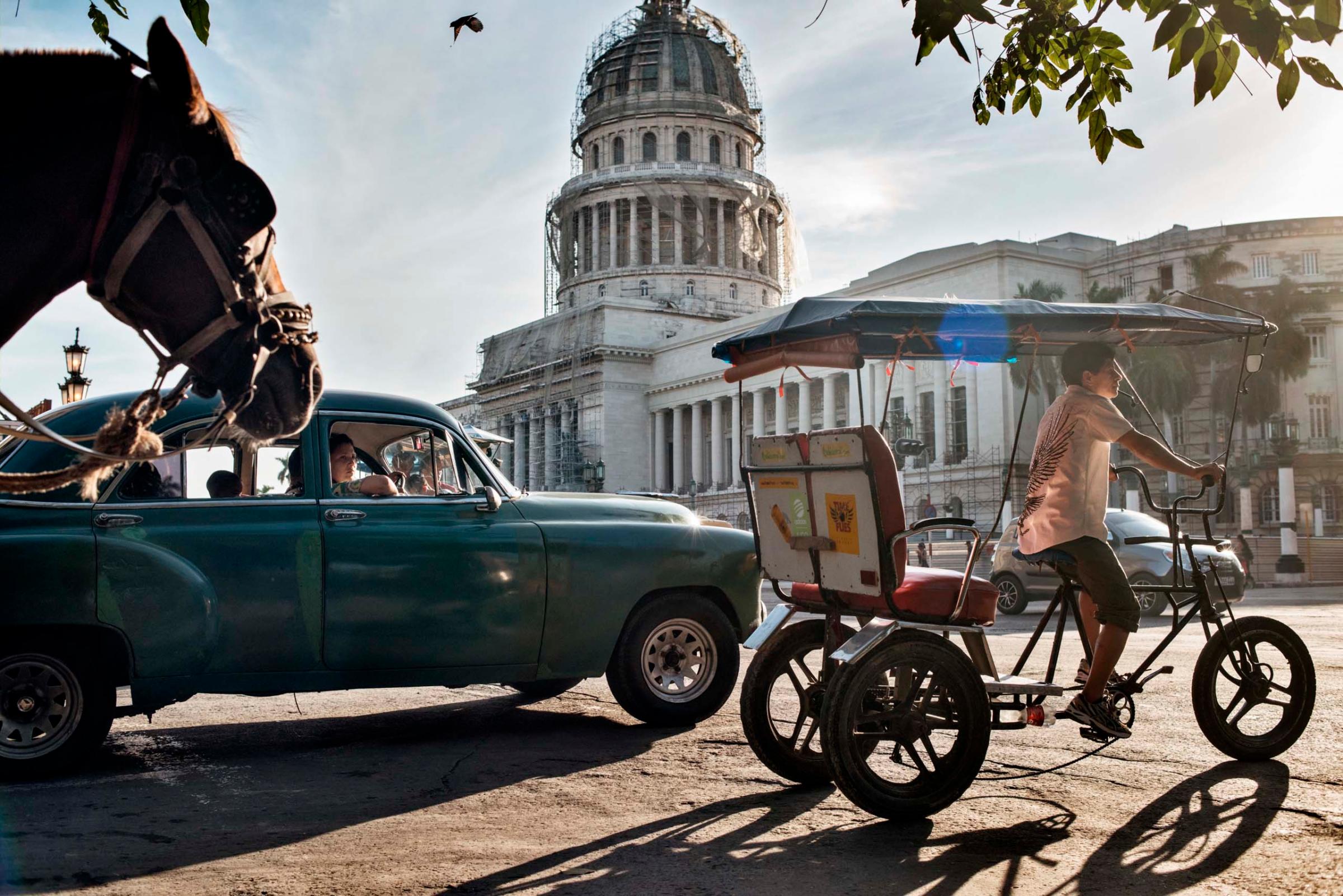
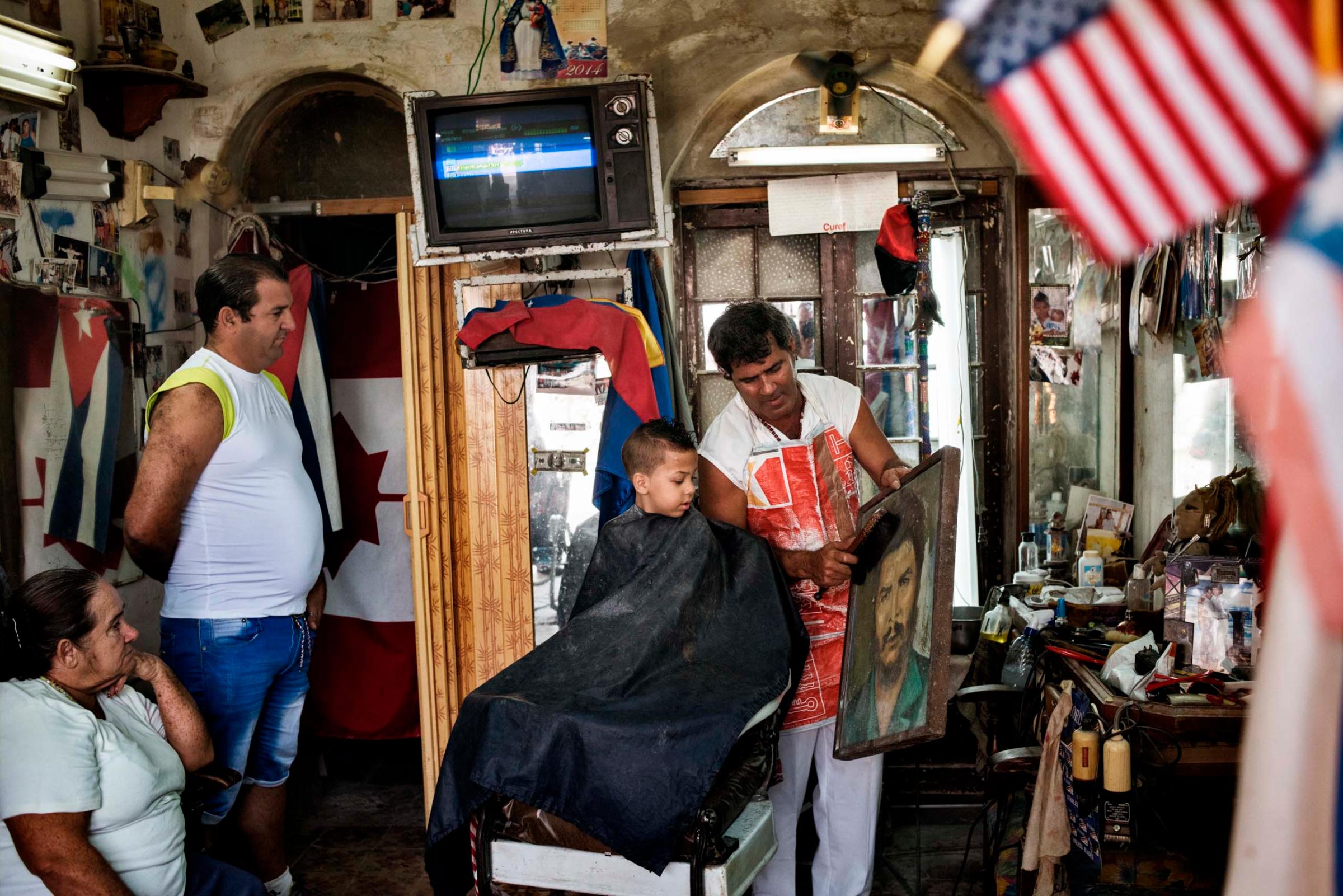

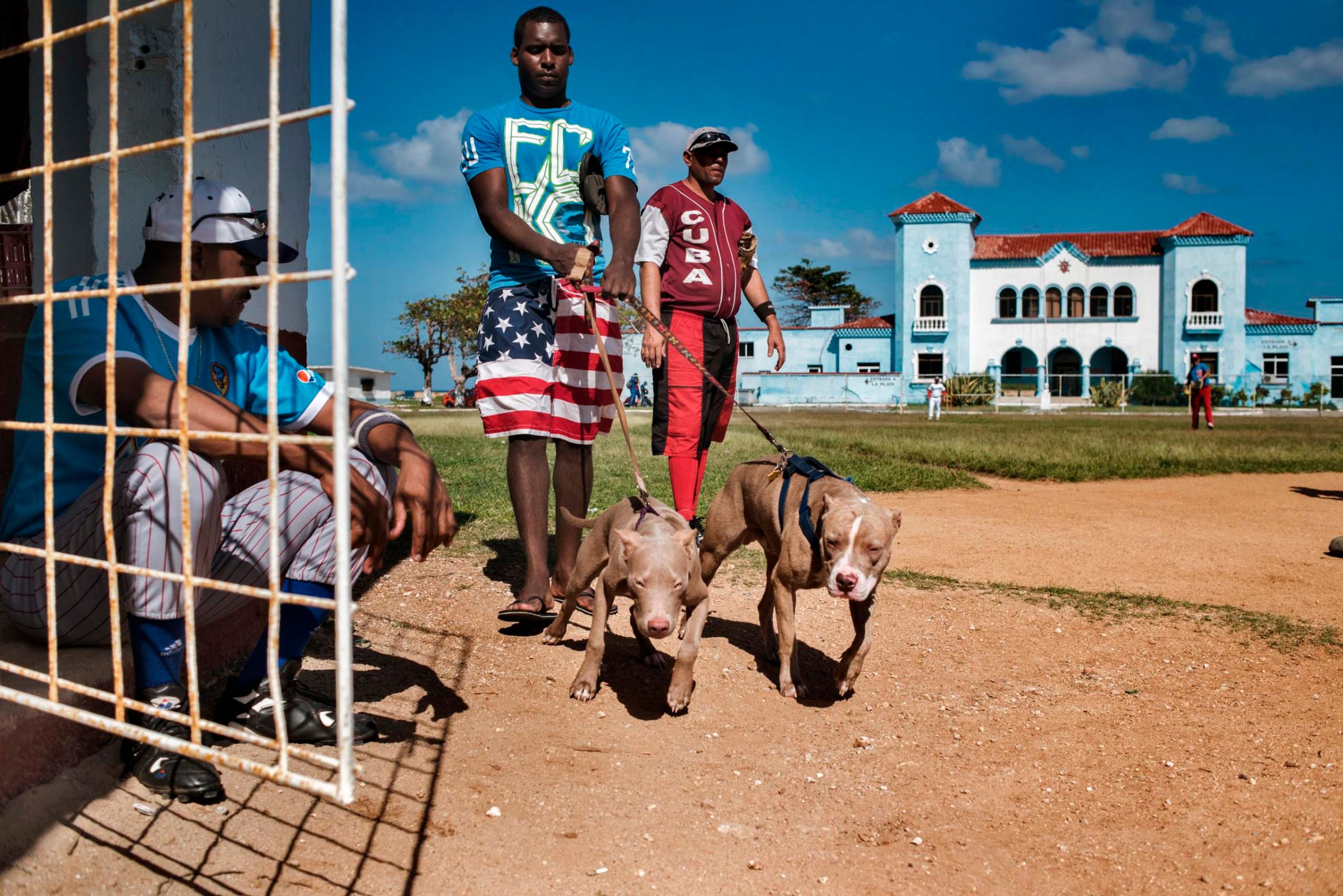
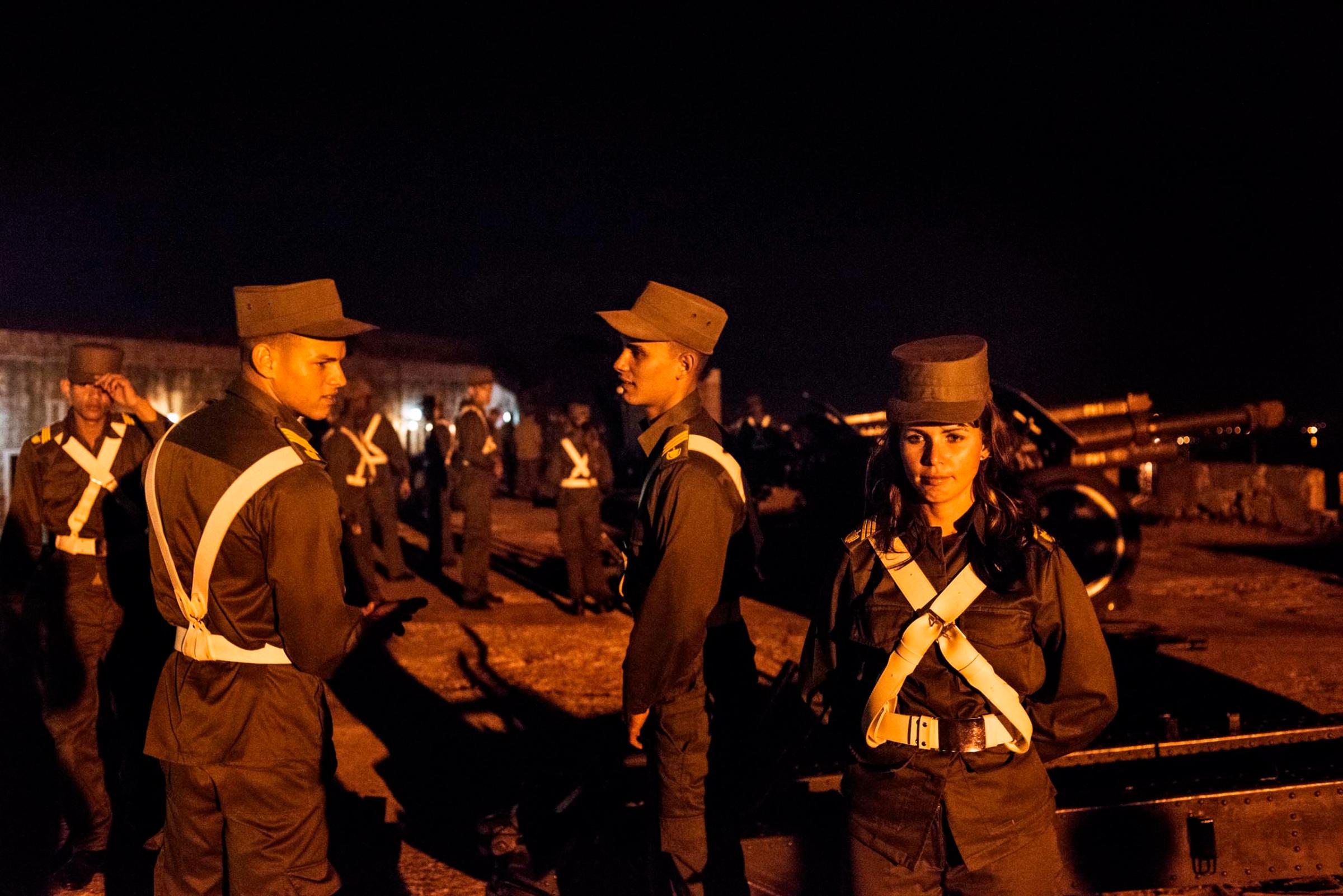
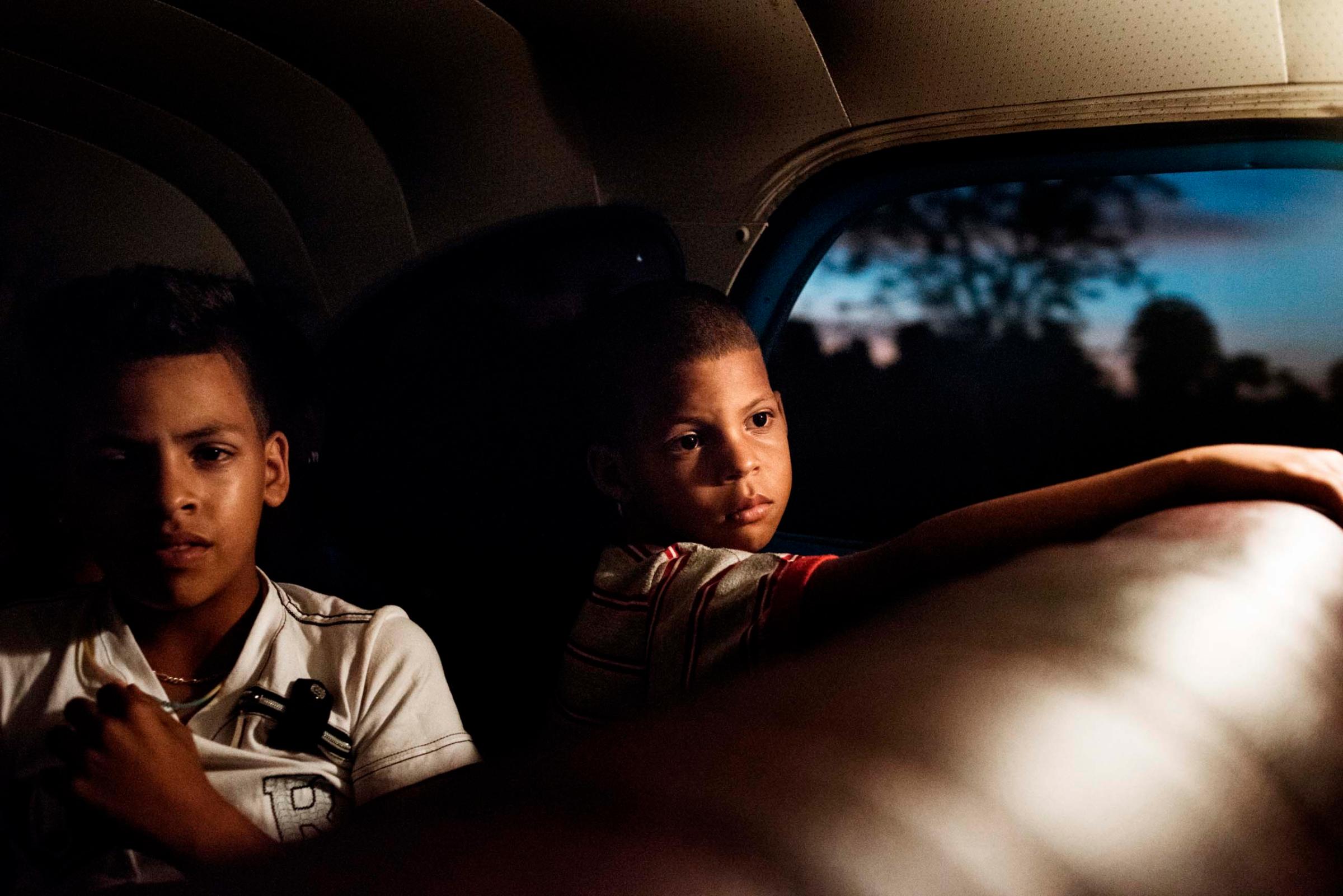

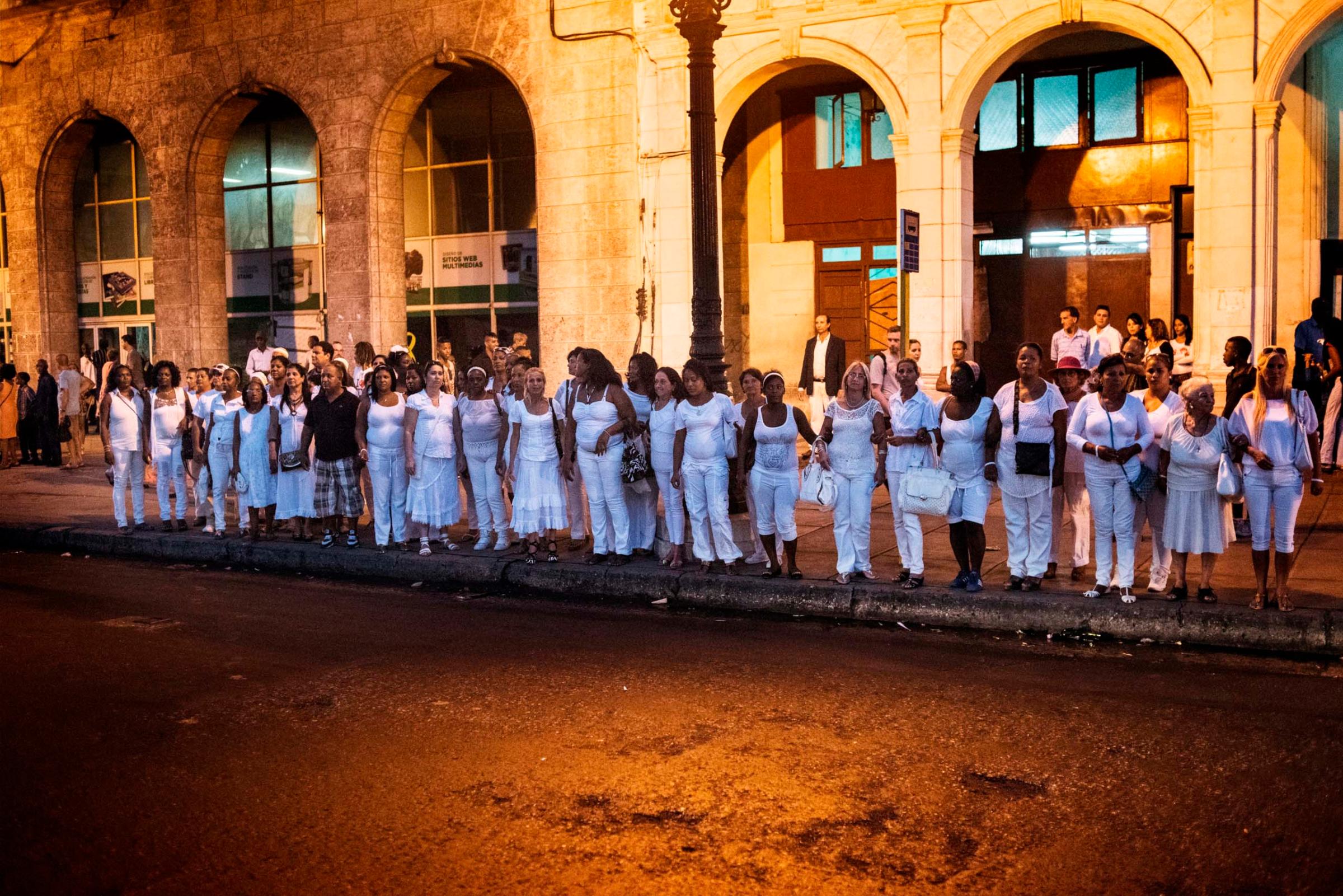


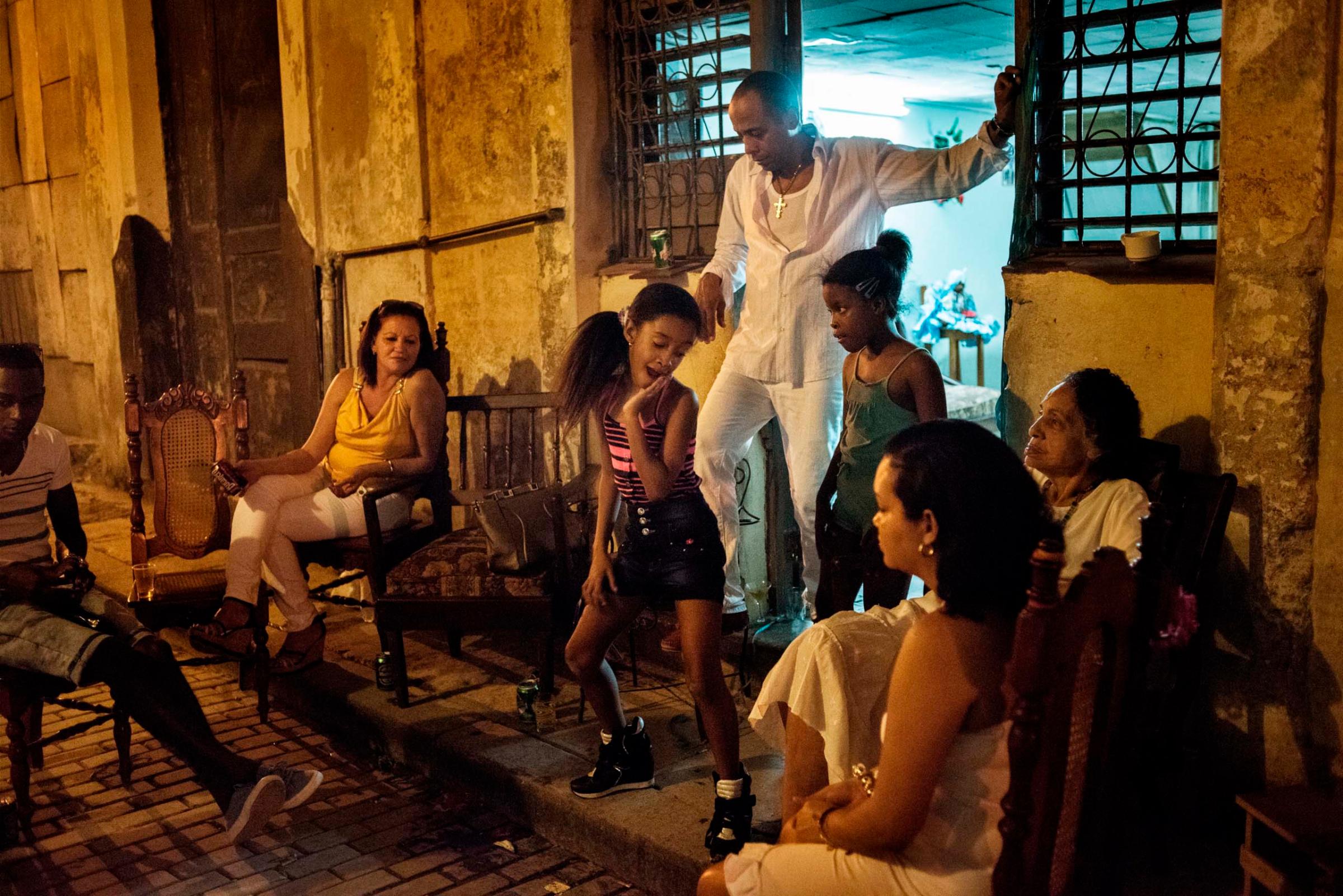
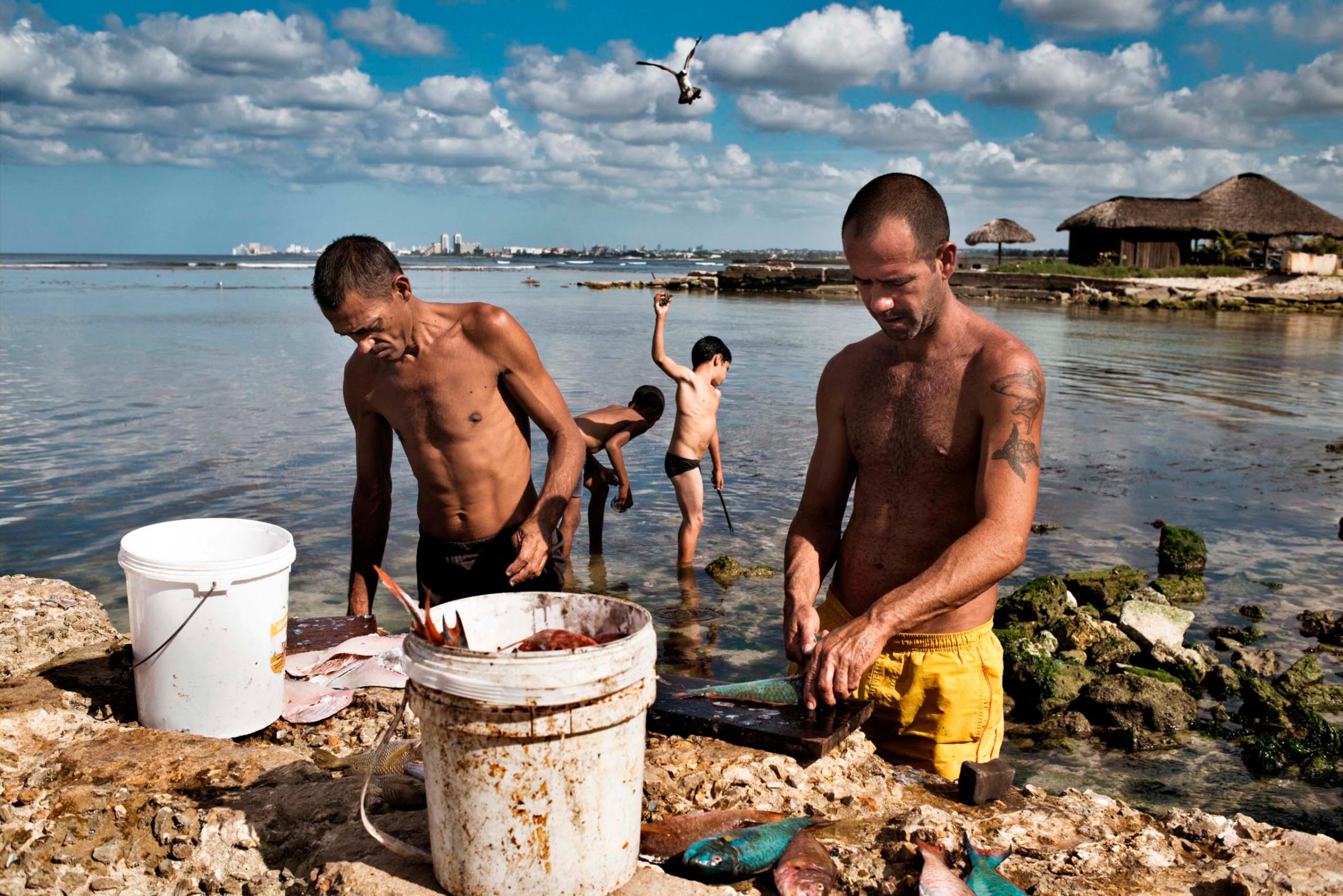
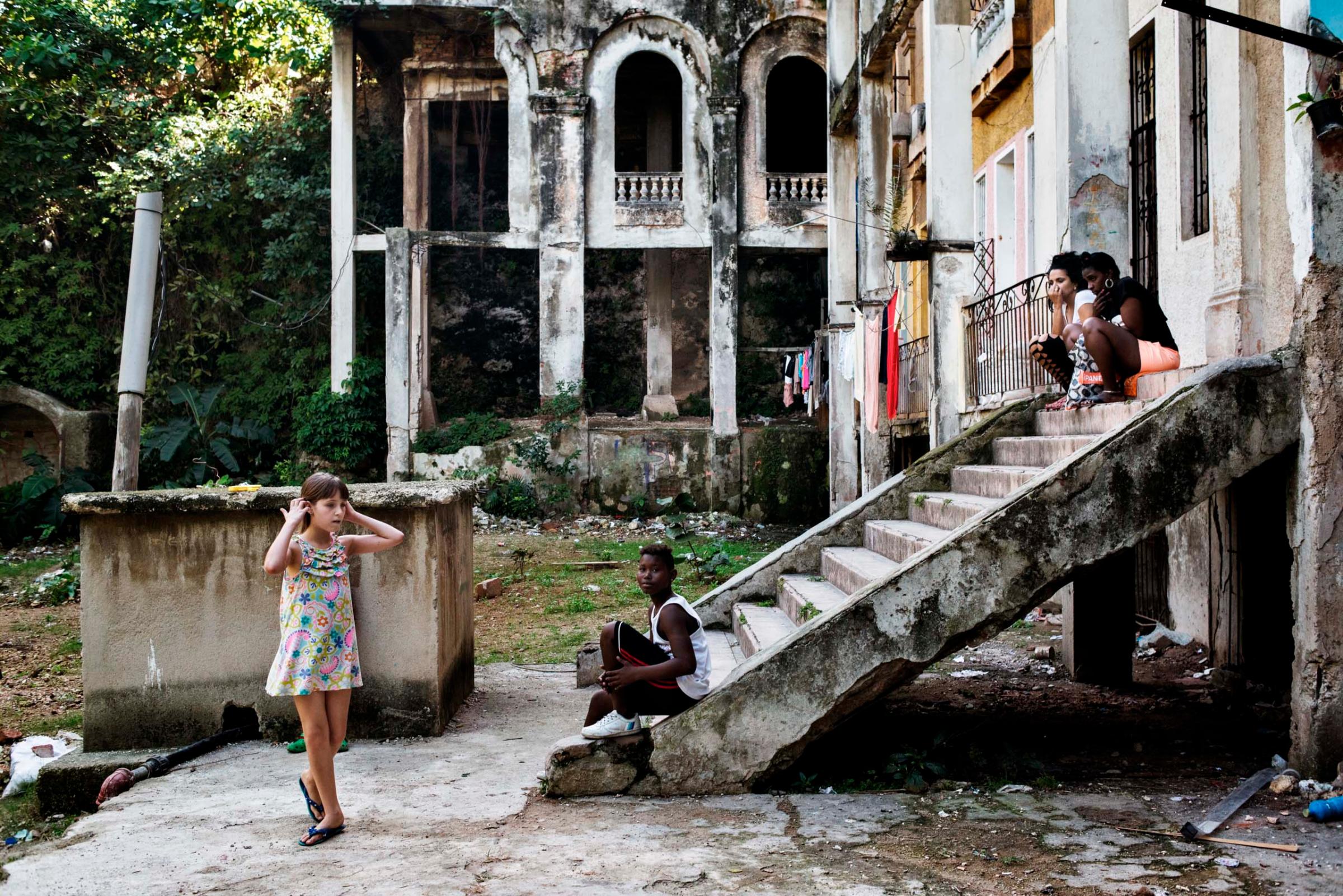
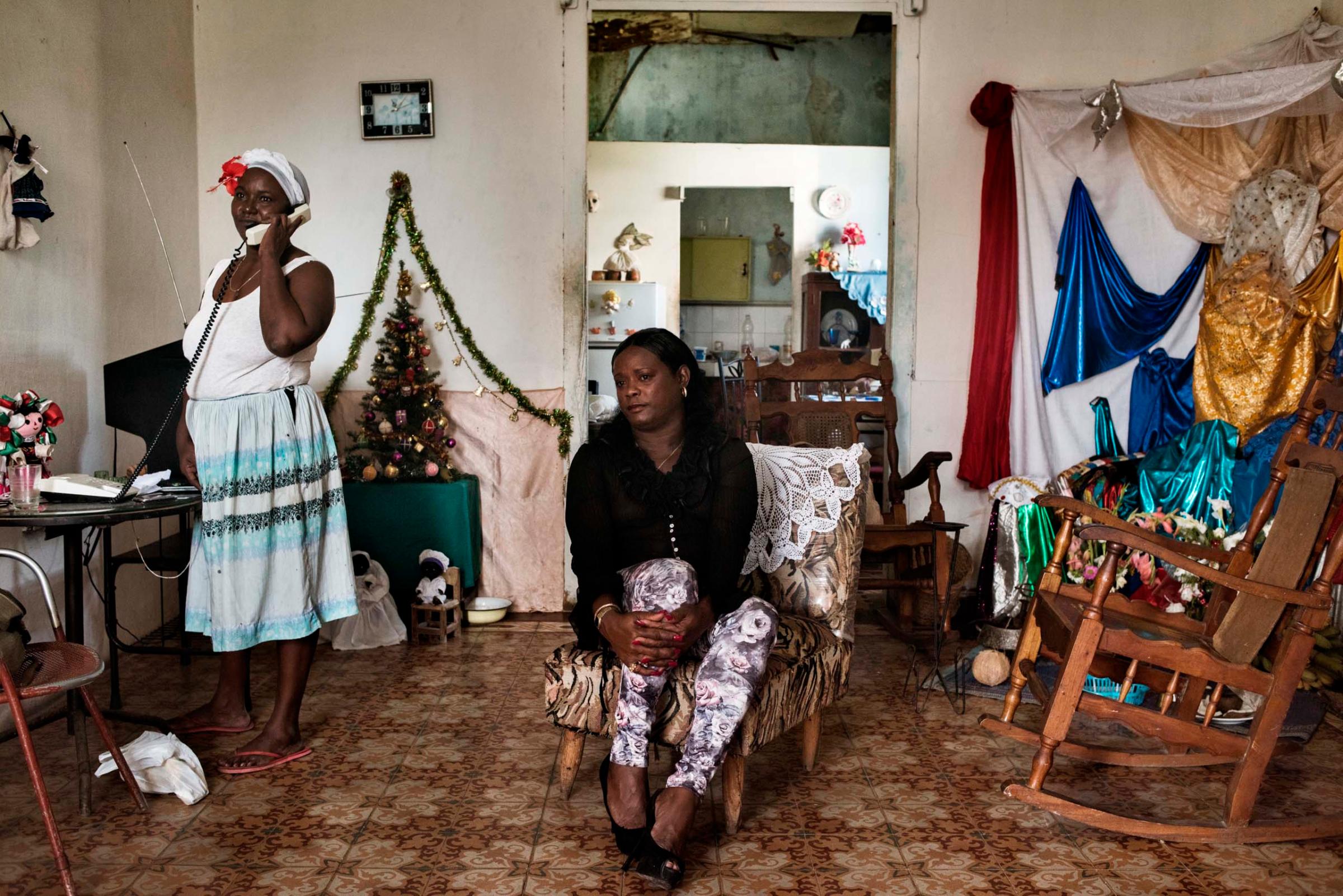
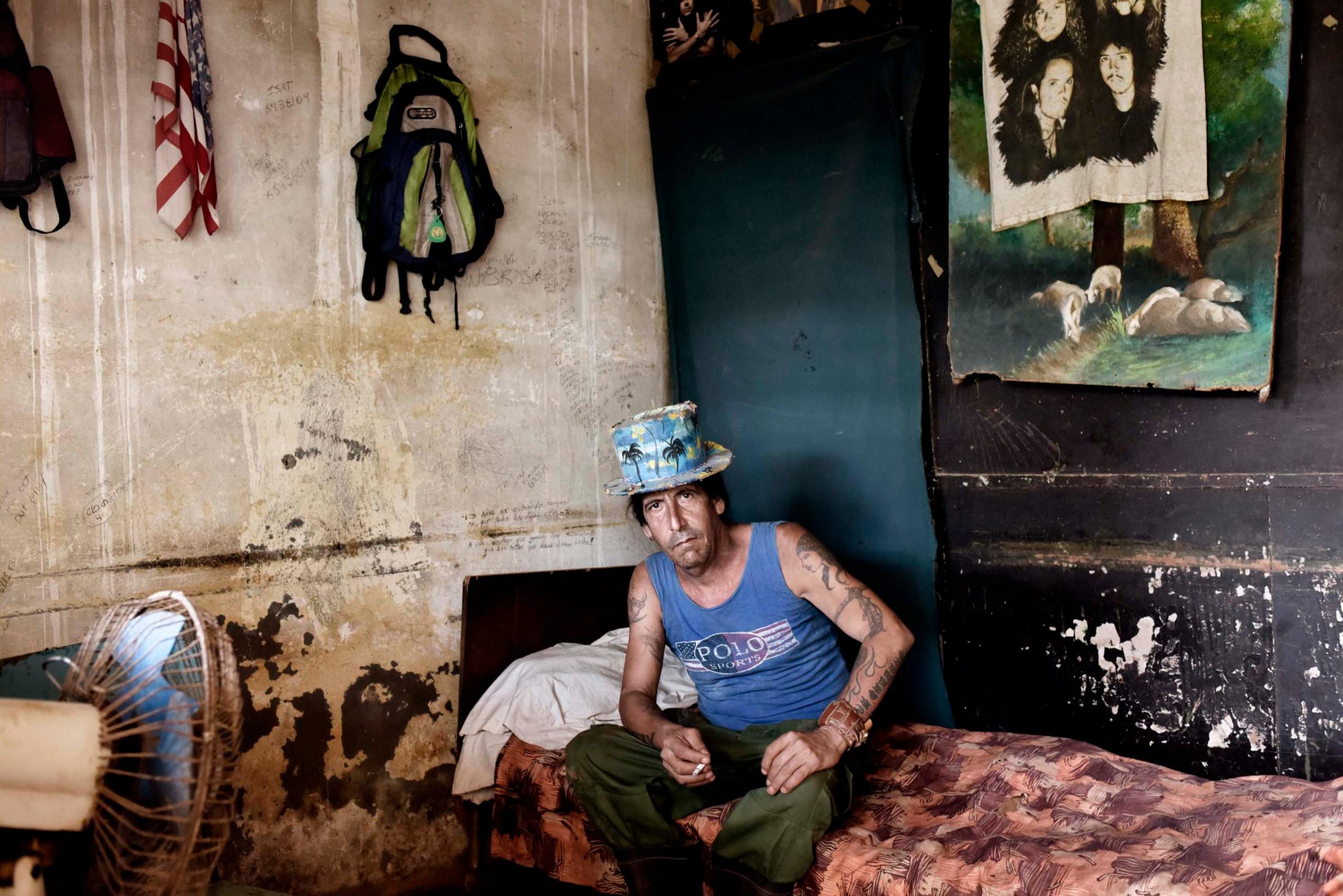

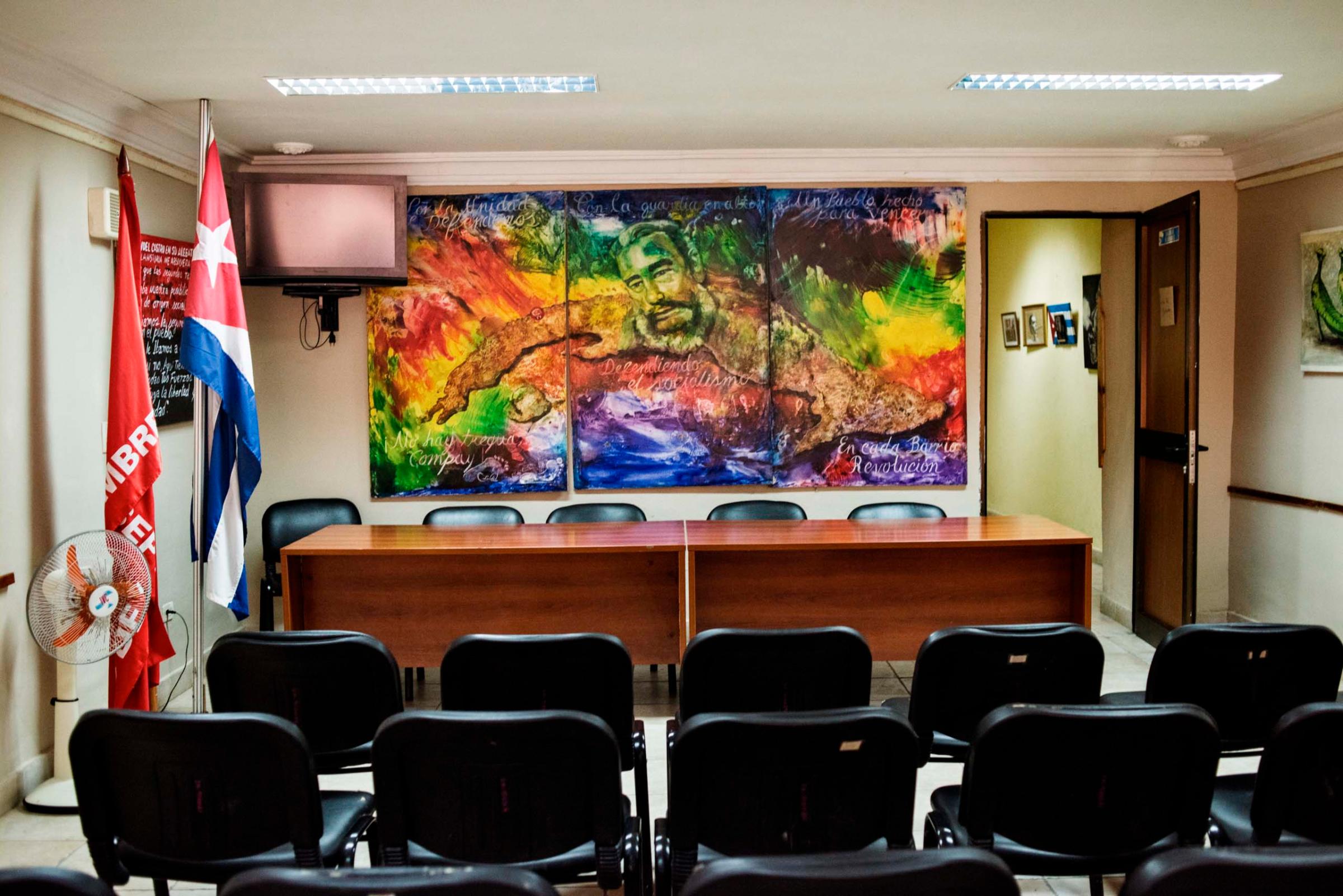

More Must-Reads from TIME
- Donald Trump Is TIME's 2024 Person of the Year
- Why We Chose Trump as Person of the Year
- Is Intermittent Fasting Good or Bad for You?
- The 100 Must-Read Books of 2024
- The 20 Best Christmas TV Episodes
- Column: If Optimism Feels Ridiculous Now, Try Hope
- The Future of Climate Action Is Trade Policy
- Merle Bombardieri Is Helping People Make the Baby Decision
Contact us at letters@time.com